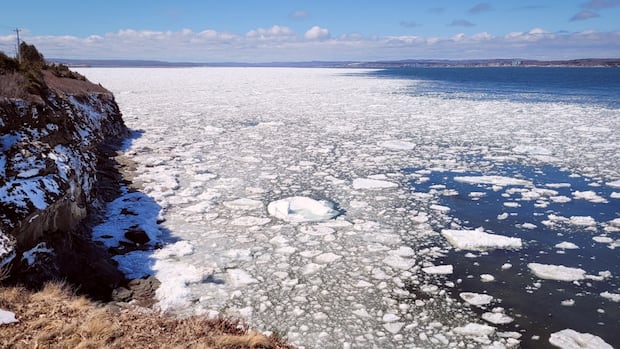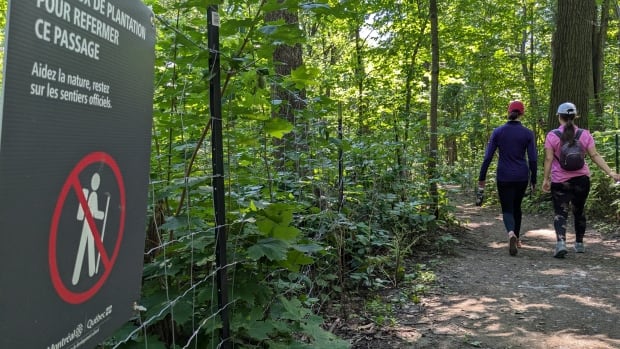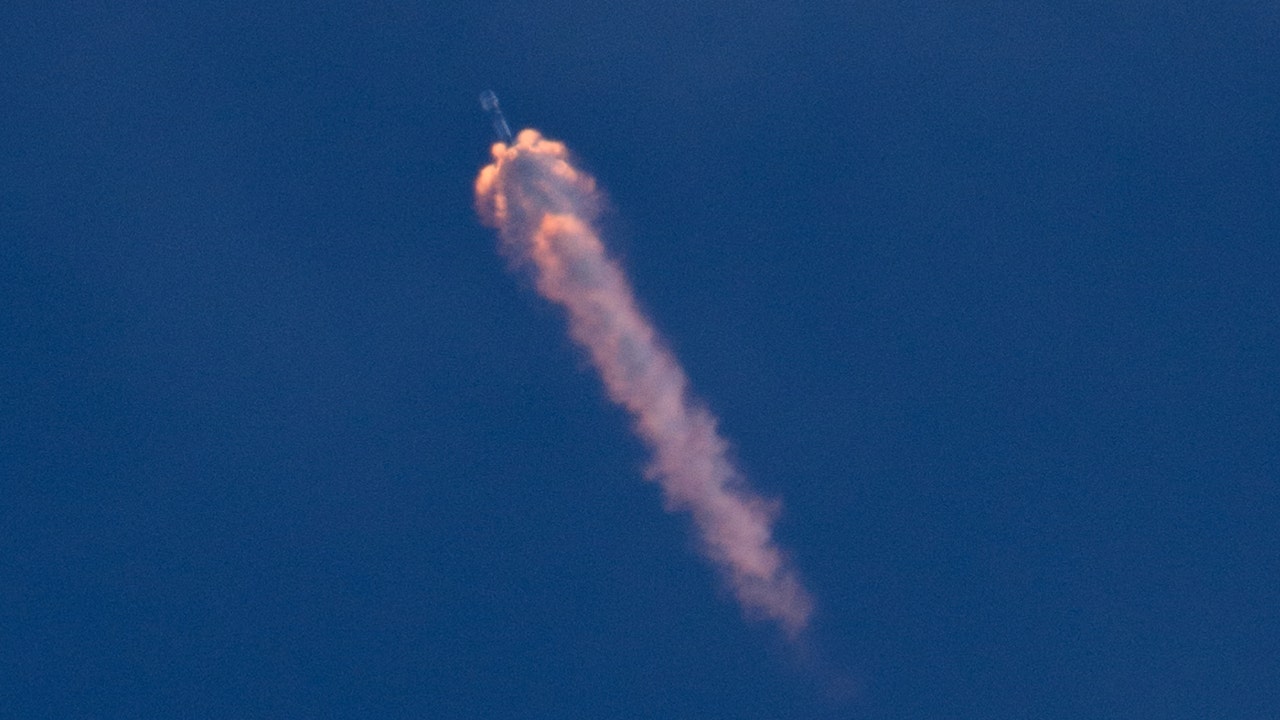Ice has been steadily disappearing from the Gulf of St. Lawrence — record low levels were recorded last winter — and federal officials say it could be gone altogether within 20 years.
Officials say it’s a clear sign of global warming and it’s raising concerns about the effects on the shoreline and on coastal communities around Cape Breton Island.
“You know, we could be wiped out in a couple of years with this warmer water,” said Greg Organ, a fisherman in Neils Harbour, N.S.
Climate change has meant Cape Breton fishers don’t always have to haul their boats out of the water in winter to avoid the ice, Organ said during an interview last March while he was home on a break during the halibut fishery, which used to start after the ice was gone.
“The drift ice is almost non-existent and like 40 years ago, 50 years ago, it was here till usually the middle of April at least, and even into May there’d be drift ice and we couldn’t go [fishing], but now we can go.
“This is our third year in a row that we’ve had a fishery in March, so it’s definitely changing.”
But Organ said the warmer water could introduce disease. He fears it will drive the catch farther away.
“I’m no expert, but I know they used to have a lobster fishery down off New York and those southern states and as far as I know it’s all gone. Everything is moving north looking for cold water.”
Lowest ice in 12 of last 15 years
Environment Canada senior meteorologist George Karaganis said there are still seasons with above-average ice in the Gulf, but the 12 winters with the lowest ice coverage have occurred in the last 15 years.
Joel Chasse, a research scientist with the Department of Fisheries and Oceans, said multiple models show the shrinking ice cover on the East Coast is likely going to continue.
“We forecast that by 2040 or 2045, there would be barely nothing in ice in most winters in the Gulf,” he said.
Chasse said ice reduces the impact of storms, helping cut down on coastal erosion and wharf damage by slowing down waves.
Ice cover also keeps sediment from getting stirred up and filling in harbour entrances, reducing the need for dredging, something that has become increasingly necessary.
The lack of ice also seems to have shifted marine life, with seals and whales moving deeper into the Gulf.

Osborne Burke, general manager of Victoria Co-op Fisheries in New Haven, near Neils Harbour, said the lack of ice is one of the biggest changes he’s seen in 50 years. He said it’s had a devastating and expensive effect.
In 2022, post-tropical storm Fiona drove the Atlantic Ocean overtop of the region’s breakwaters, knocking a concrete wall out of the fish plant and breaking up wharfs and roads.
“This year is a perfect example,” he said. “There’s virtually no ice.
“As a result of that, you get more winter storms and although we get some damaged infrastructure from ice, we get far more from the exposure now with the storms, with the intensity and severity of storms and the lack of ice cover is having a severe impact on that.”

Burke, who is president of the Nova Scotia seafood processors group and represents the industry on small craft harbour committees regionally and nationally, said the federal government is spending money rebuilding the infrastructure damaged by storms, but he said it needs to spend more to protect communities and the coast from further damage.
He also said boat builders are making vessels larger because fishers have to travel farther to find their catch, but that just increases the cost to operators for bigger gear, bigger engines and more fuel usage.
“There are challenges with that and the end result is it all has to, as they say, come out of the caught end,” Burke said.
“So overall, the consumer is going to end up paying more.”
Lobster may be threatened
He also said climate change is shifting fish species around and it’s not yet clear what the impact could be, but it’s worrisome.
“We’re seeing sea bass here like we never saw before,” Burke said. “Fishermen open them up or catch them recreationally and there’s young juvenile lobsters in them.
“So you’re having impacts on other species coming into the area because of temperature change, climate change, and then you’re having impact on those species, on existing species, such as a very critical one to all of us … lobster.”
Marine Atlantic ferries between North Sydney and Newfoundland used to get stuck in the ice that drifted in from the Gulf, but it’s been years since that happened.







